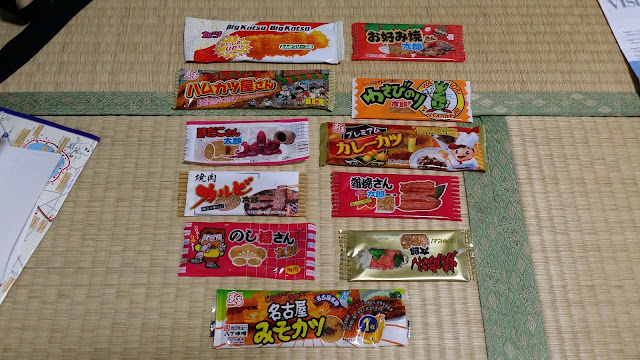Lucyriver and Beautiful Blue carried the rain from Nara to Osaka. It stopped at noon but was cloudy for the rest of the day. We grabbed the opportunity to see Osaka Castle but we didn't go up the tower. Two reasons; one, by that time we were already jaded of temples, shrines and castles. Two, our wallet was running dry.
But then, we visited the Osaka Tenmangu Shrine because it's just located next to a shopping street. Tenjinbashi-suji is covered and stretches for more than 2 km.
And, of course we filled our stomach with takoyaki again, tempura and kaisen donburi.
Upon arriving, from Tokyo to Kyoto to Nara to Osaka, we were eating takoyaki whenever we saw it.
"Takoyaki is a ball-shaped Japanese snack made of a wheat flour-based batter and cooked in a special takoyaki pan. It is typically filled with minced or diced octopus (tako), tempura scraps (tenkasu), pickled ginger, and green onion."
-cited from Wikipedia






















































